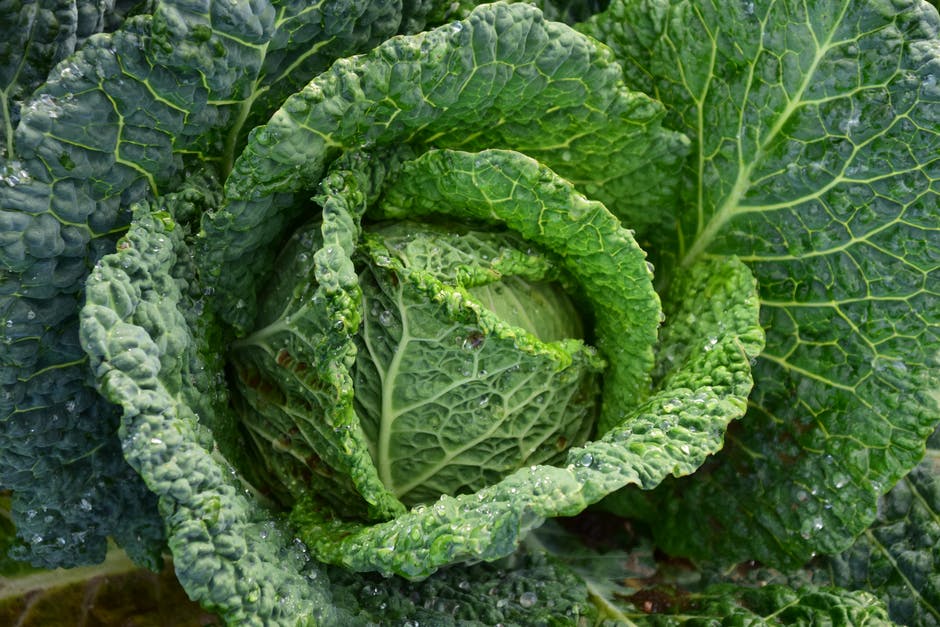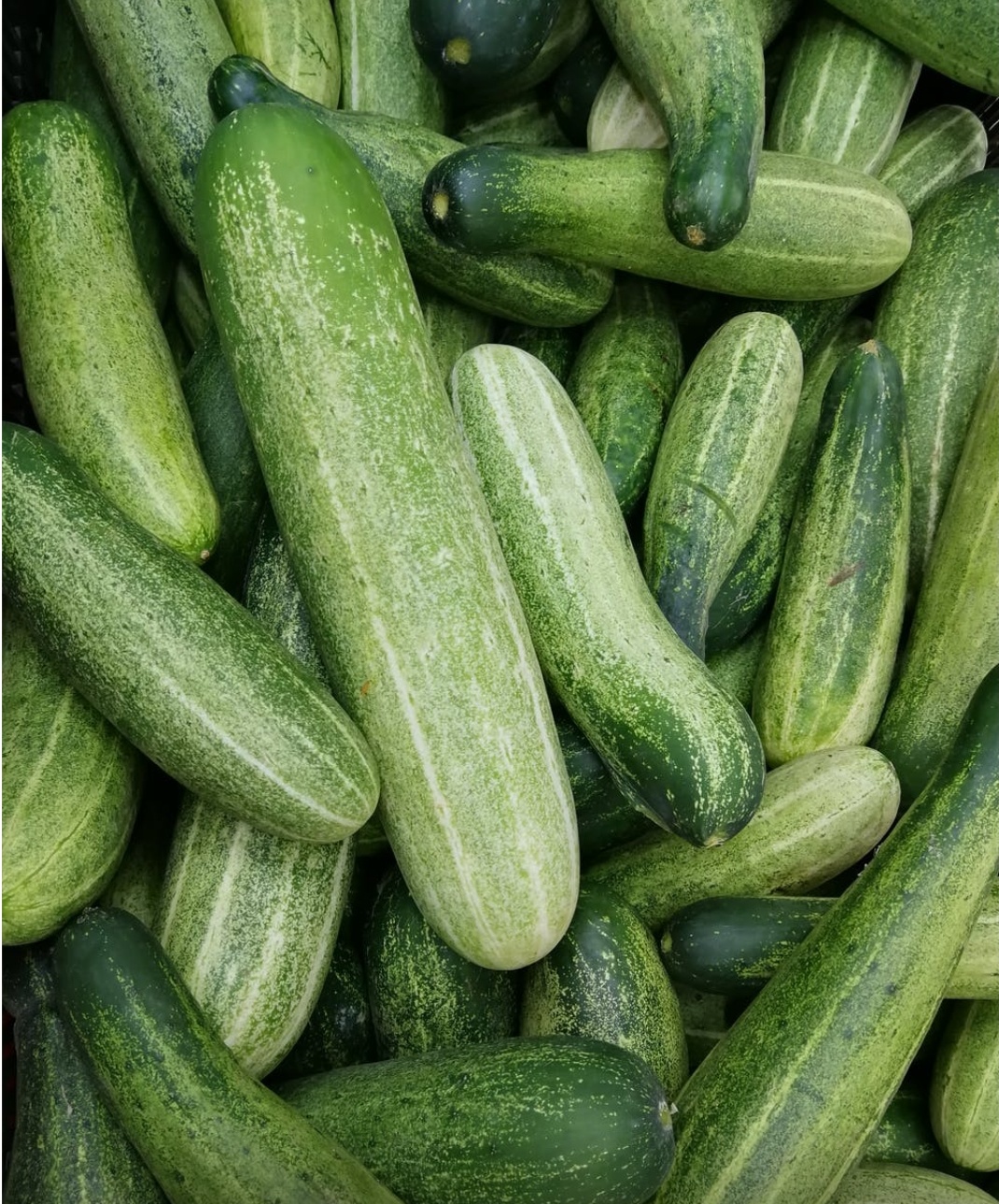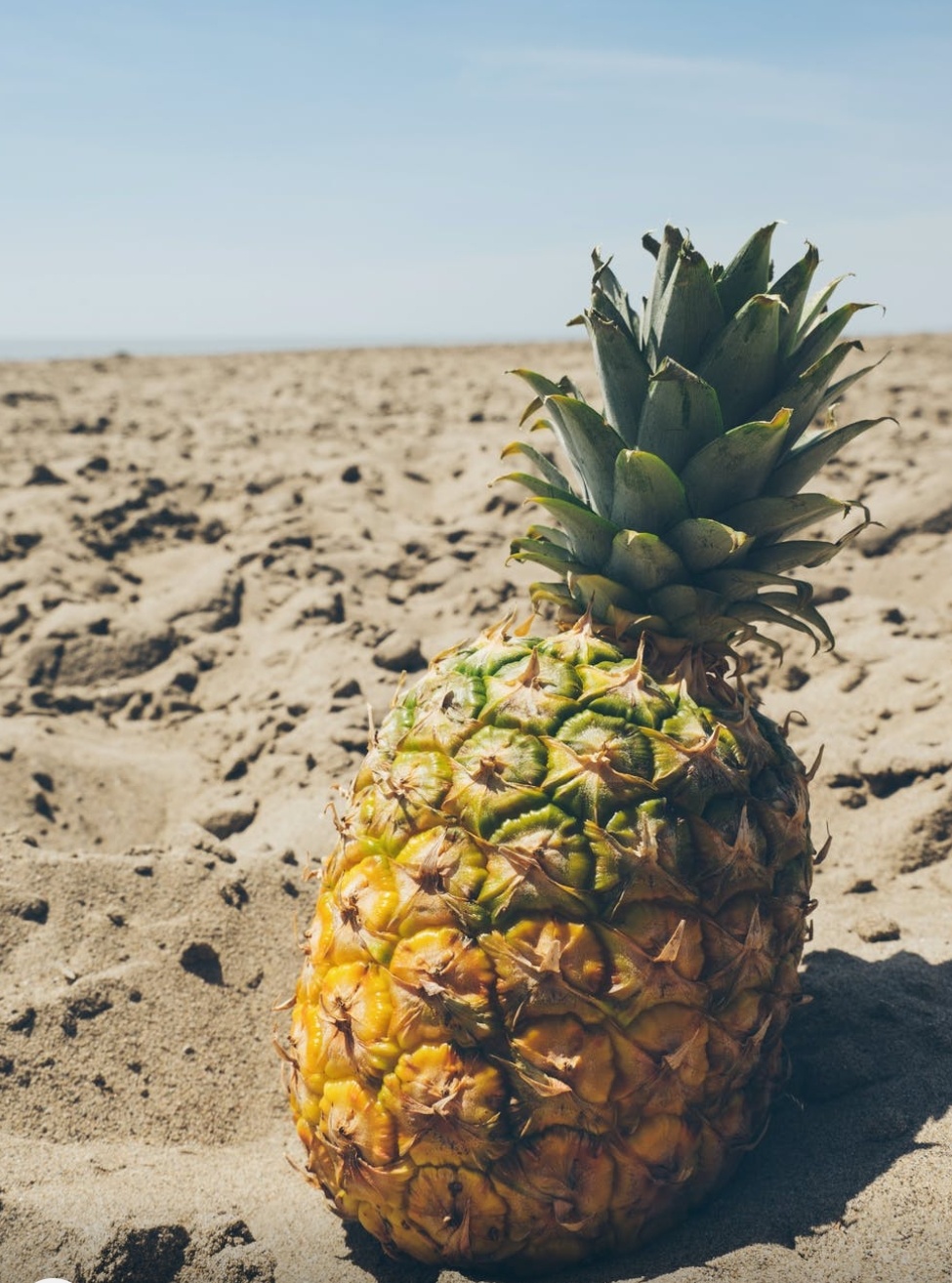Beetroot/chukunder - Benefits and Nutrition

Beetroot/Chukunder Beetroot is also known as ‘ Beet ’ or ‘ Chukunder ’. Beetroot, an annual or biennial cultivated form of Beta vulgaris subsp. vulgaris conditiva, includes a variety of edible taproots originated from the Middle East, which has been spreading worldwide, from the Americas to Europe and Asia. As a rich and nutritious source, it is believed to hold health-promotional characteristics. It shows anti-oxidant, anti-allergic, antimicrobial, anti-inflammatory, anti-carcinogenic, anti-diabetic, hepato-protective, Vata balancing, hypotensive and wound healing properties. Click here for more information about the Anti-oxidant and free radicals Vitamins and Minerals content Vitamins : A, B1, B2, B3, B5, B6, B9, C Minerals : Calcium, Iron, Magnesium, Manganese, Phosphorus, Potassium, Zinc, Sodium • Beetroot is consist of multiple biologically active phytochemicals including betalains (e.g., betacyanins and betaxanthins), flavonoids, polyphenols, Saponi



